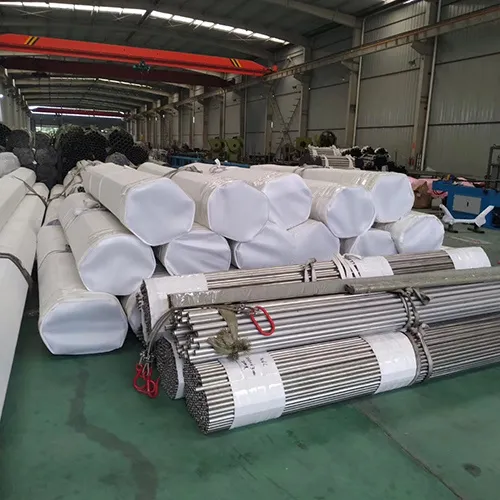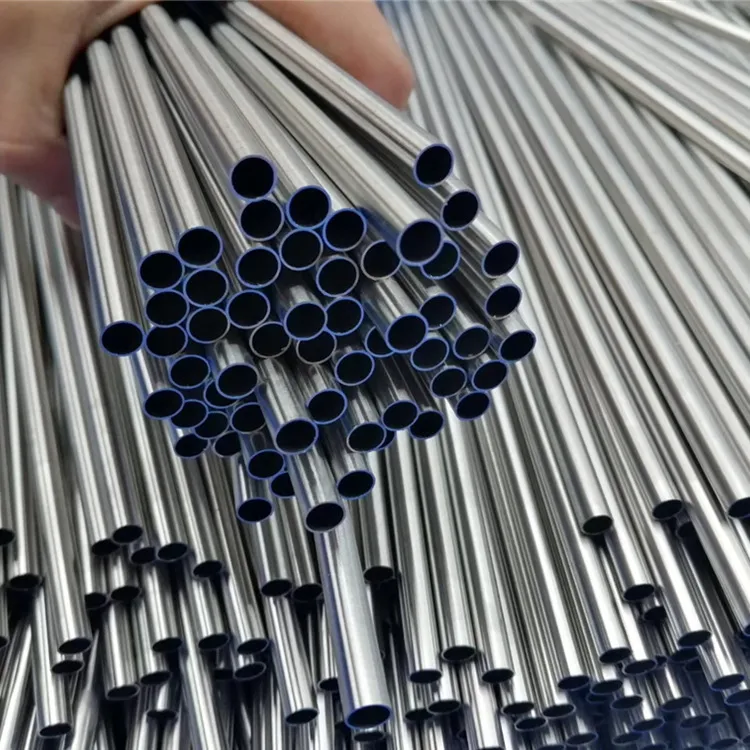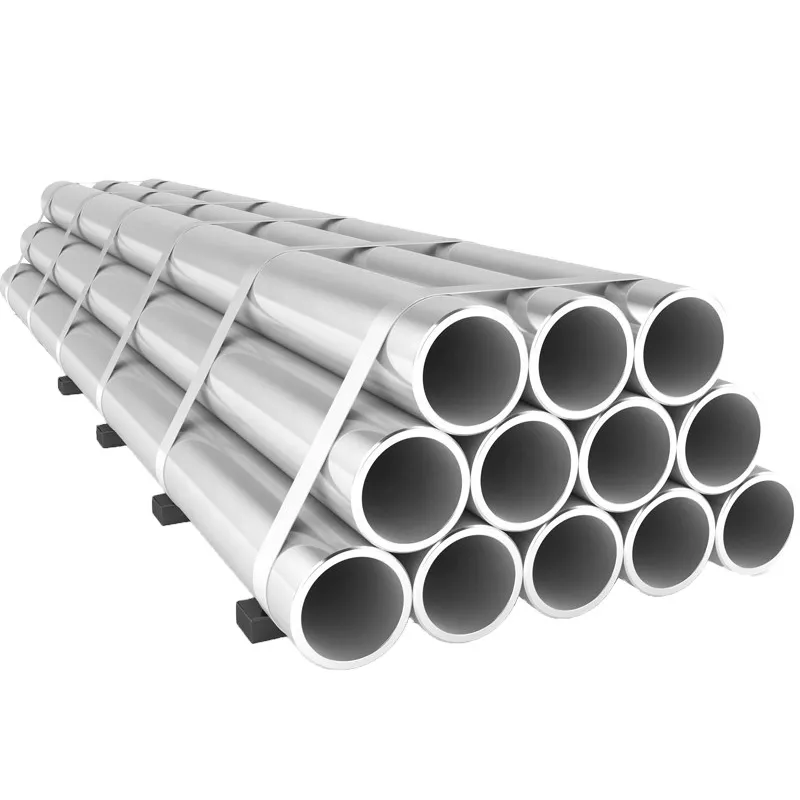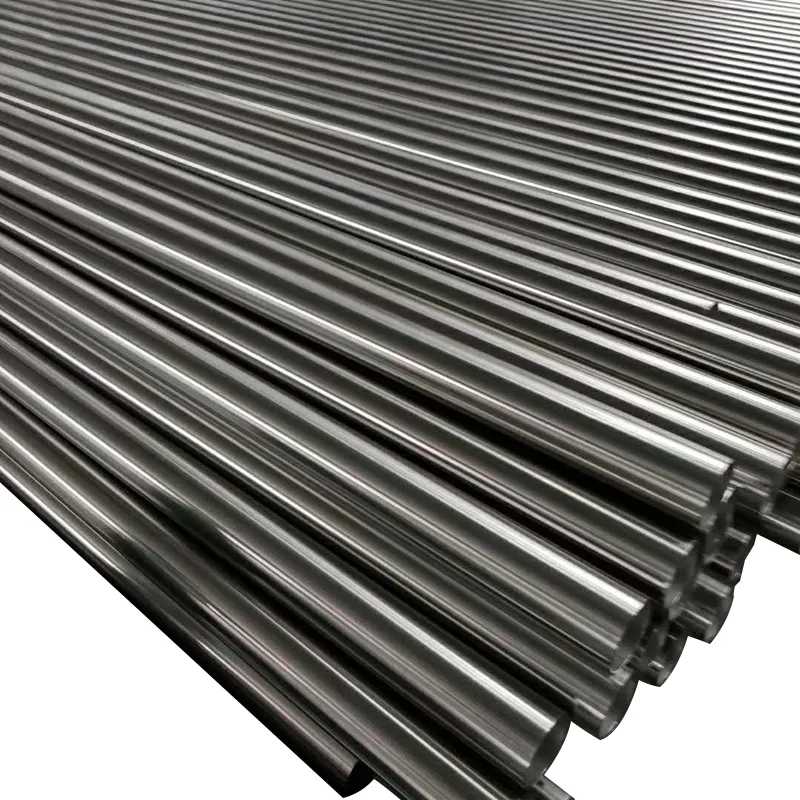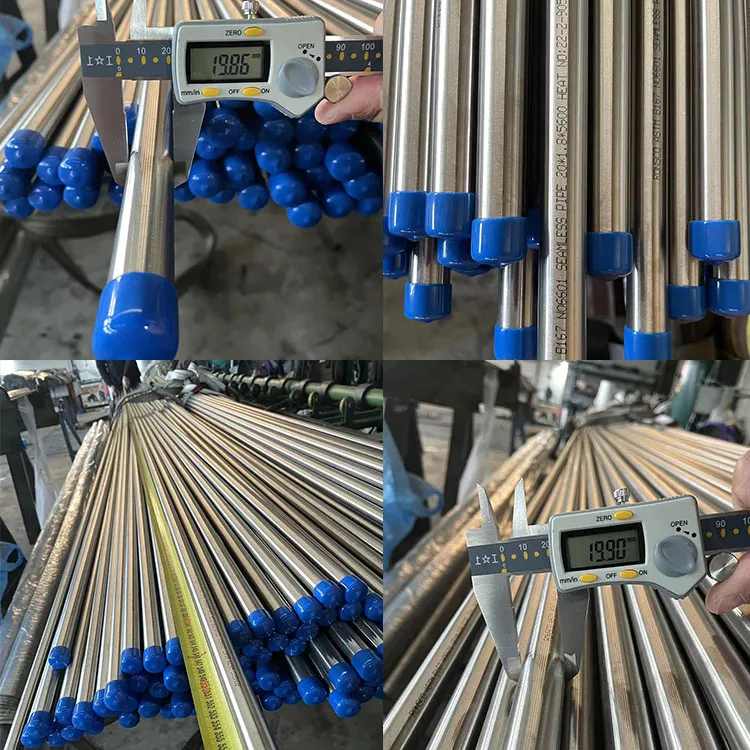PRODUCT CENTER
CONTACT US
If you are interested in cooperation, please contact us immediately, we will give you feedback as soon as possible!
310S stainless steel pipe is widely used in kiln, high-temperature furnace, boiler, furnace liner high-temperature equipment, such as kiln car, boiler liner, high-temperature furnace, high-temperature furnace tube, combustion machine liner, etc. It can be used for high-temperature equipment. The product is resistant to high temperature and heat. 310s stainless steel plate has good creep strength and can work continuously under high temperature. The working temperature of 310S stainless steel is 1200 ℃, and it can work continuously at 1100 ℃. It is mainly used to manufacture high temperature exhaust pipe, high temperature furnace, high temperature furnace liner, crematory furnace and other steel grades requiring heat resistance, as well as high temperature and high temperature contact parts.
904L stainless steel pipe (super austenitic stainless steel) is a high alloyed austenitic stainless steel with very low carbon content. It has good corrosion resistance in dilute sulfuric acid and is specially designed for environments with severe corrosion conditions. It has high chromium content and sufficient nickel content. The addition of copper makes it have strong acid resistance, especially high resistance to chloride interstitial corrosion and stress corrosion cracking. It is not easy to appear corrosion spots and cracks. Its pitting resistance is slightly better than that of other steels. It has good processability and weldability, and can be used for pressure vessels.
430 stainless steel pipe is used for building decoration, fuel burner parts, household appliances and household appliances. 430F is a steel with free cutting property added to 430 steel, mainly used for automatic lathes, bolts and nuts. 430LX adds Ti or Nb to 430 steel to reduce the content of C, which improves the processability and welding performance. It is mainly used in hot water tanks, hot water supply systems, sanitary appliances, household durable appliances, bicycle flywheels, etc.
The advantages of 301 stainless steel pipe stem from its remarkable combination of high strength, corrosion resistance, and excellent formability. Its versatility allows for diverse applications across industries such as automotive, aerospace, and electronics, where it is utilized for manufacturing springs, brackets, and connectors. Additionally, its resistance to corrosion and fatigue makes it ideal for use in medical devices and structural components. Its reliability and adaptability make it a preferred material for applications requiring strength, corrosion resistance, and formability, ensuring optimal performance and longevity.
The advantages of 304 stainless steel pipe stem from its exceptional corrosion resistance, versatility, and ease of fabrication. Its corrosion resistance to a wide range of environments, including acids, chemicals, and high temperatures, makes it ideal for industries such as chemical processing, food processing, and pharmaceuticals. Additionally, its versatility allows for diverse applications in architectural, structural, plumbing, and automotive exhaust systems. Furthermore, its ease of fabrication ensures efficient manufacturing processes, contributing to cost-effectiveness and reliability in various applications. Overall, its combination of corrosion resistance, versatility, and ease of fabrication makes it a preferred material for a wide range of industrial and commercial applications.
The advantages of 317L stainless steel pipe lie in its exceptional corrosion resistance properties, particularly in harsh environments containing acids, chemicals, and saltwater. With a lower carbon content compared to standard 317 stainless steel, 317L offers improved resistance to sensitization and subsequent intergranular corrosion, making it ideal for applications requiring prolonged exposure to corrosive media at elevated temperatures. Its reliability, durability, and versatility make it suitable for critical applications in chemical processing, pharmaceutical, and food processing industries, as well as in architectural, structural, plumbing, and automotive sectors. Overall, 317L stainless steel pipe provides reliable performance and longevity in corrosive environments, making it a preferred choice for various industrial and commercial applications.
The advantages of 304H stainless steel pipe lie in its elevated temperature strength and resistance to intergranular corrosion. With its higher carbon content compared to standard 304 stainless steel, 304H offers improved high-temperature performance, making it ideal for applications in industrial furnaces, heat exchangers, and boiler systems. Its resistance to sensitization and subsequent intergranular corrosion further enhances its reliability, particularly in demanding environments such as chemical processing and petrochemical plants. Overall, 304H stainless steel pipe provides superior performance under elevated temperature conditions, ensuring longevity and efficiency in critical applications.
The advantages of 347H stainless steel pipe stem from its exceptional combination of elevated temperature strength and superior corrosion resistance. With a higher carbon content compared to standard 347 stainless steel, 347H offers improved high-temperature performance, making it ideal for applications requiring prolonged exposure to elevated temperatures. Its reliability and durability make it suitable for use in high-temperature industrial furnaces, heat exchangers, and boiler systems, as well as in demanding industries such as chemical processing, oil and gas, and petrochemical. Overall, 347H stainless steel pipe provides reliable performance and longevity in challenging environments, making it a preferred choice for critical applications where strength and corrosion resistance are paramount.
The advantages of 410 stainless steel pipe lie in its high strength, moderate corrosion resistance, and heat resistance properties. Its versatility makes it suitable for a wide range of applications, including industrial equipment components, automotive exhaust systems, and household appliances. Additionally, its resistance to corrosion from mildly corrosive environments and high temperatures ensures durability in demanding industries such as chemical processing, oil refining, and food processing. Its robustness and reliability make it a preferred material for applications where strength, corrosion resistance, and heat resistance are critical.


